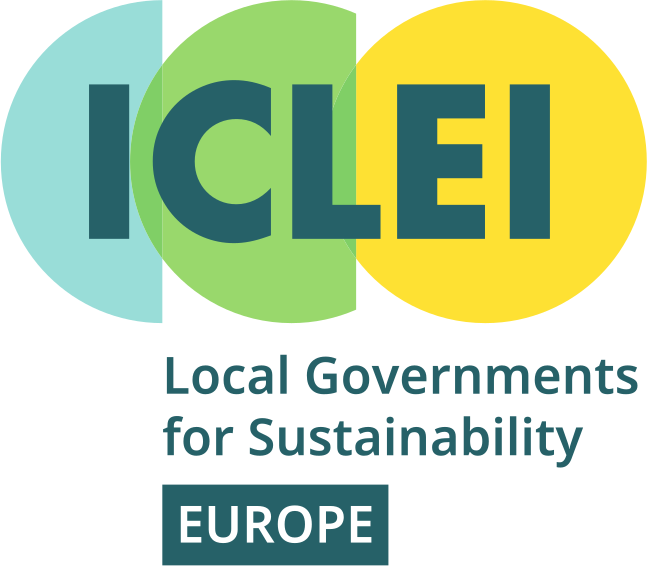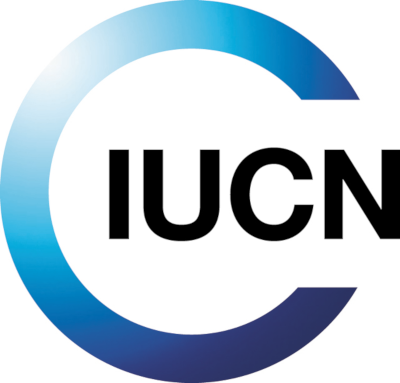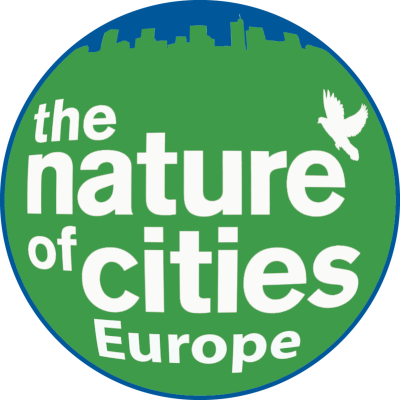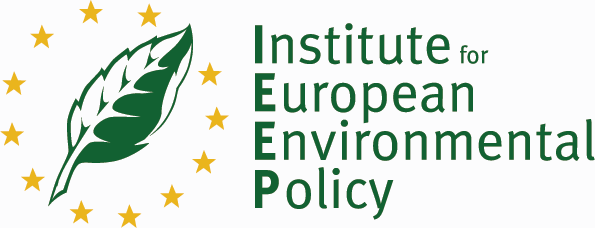
Cities around the world are increasingly embracing nature-based solutions (NbS) to address urban challenges like biodiversity loss, air pollution, and climate adaptation. To support this, the UNP+ project is developing a capacity-building program aimed at empowering local authorities and businesses involved in creating and implementing Urban Nature Plans (UNPs). This initiative is critical for fostering collaboration between planners, decision-makers, and NbS developers, ultimately contributing to greener, healthier cities.
What are Urban Nature Plans and why do we need them? UNPs are strategic frameworks that help bridge the gap between policy and biodiversity conservation by formalising a city's commitment to promoting biodiversity and urban nature. They help by aligning mobility, building and climate goals.
Horizon Europe project UNP+ conducted two Europe-wide surveys to identify key capacity needs. One focused on local authorities responsible for drafting and implementing UNPs, while the other targeted NbS designers, developers, and suppliers. The goal was to better understand the training and tools required to integrate urban biodiversity and ecosystem services into city planning.
Key Findings from the Surveys
- Lack of Consistent Knowledge:
Despite a growing body of knowledge and tools for urban nature planning, there is a clear gap in consistent understanding and application. Notably, 68% of local authorities surveyed cited a lack of knowledge about UNPs. While various resources exist, these are often localized and not connected to broader, standardized approaches, making it difficult for cities to share best practices or measure their progress consistently. - Challenges for Nature-Based Enterprises:
For businesses and NbS developers, one major hurdle is the lack of awareness about nature-based solutions among both public and private sectors. This gap in understanding hinders investment and implementation. Furthermore, proving the cost-effectiveness of NbS remains a significant challenge. Developers struggle to demonstrate the long-term benefits and savings associated with urban biodiversity initiatives. Tools that could communicate these benefits to policymakers are seen as essential but are currently lacking. - In-House Knowledge and Custom Tools:
Most technical knowledge within both local authorities and businesses is acquired through in-house training, professional development, or third-party consultancies. Many cities rely on custom-built tools for mapping biodiversity and environmental data, such as air pollution or flood risks. However, these tools are often disconnected from urban nature planning and fail to account for broader ecological goals like green infrastructure and ecosystem services. Additionally, human-related aspects, such as access to green spaces or ecological connectivity, are frequently overlooked in monitoring and reporting. - A Need for Standardized, Locally Relevant Tools:
While localized approaches are valuable, they can lead to inefficiencies and missed opportunities for broader learning and collaboration. There is a clear demand for more uniform tools that cities can easily adapt to their own contexts. Such tools would save time and resources, while also enabling more consistent monitoring of urban nature initiatives. Crucially, these tools must be user-friendly, scalable, and convincing to both policymakers and investors, ensuring they see the benefits of NBS and support further action. - Focus on Advanced Steps in UNP Development:
Many cities already have experience in the early stages of the UNP cycle, such as identifying issues and setting goals. However, there is a need for more support in the later stages, such as mapping and modeling biodiversity, ecosystem services, and green space connectivity. Capacity-building efforts should therefore focus on these areas to ensure cities can fully integrate nature into their urban planning processes.
Why This Matters for Cities
Urban biodiversity is a powerful tool for improving the quality of life in cities, addressing challenges like climate resilience, public health, and social equity. However, the lack of consistent knowledge and tools makes it difficult for cities to unlock the full potential of nature-based solutions. By addressing these gaps, the UNP+ capacity-building program aims to help local authorities and businesses integrate biodiversity and ecosystem services more effectively into city planning.
For cities, this means not only adopting greener practices but also ensuring that they can measure the benefits of those efforts. A standardized, yet locally adaptable, approach to UNPs could make it easier to track progress, justify investments in nature, and ensure long-term sustainability. Moreover, the tools developed through this initiative will provide decision-makers with the evidence they need to prioritize nature-based solutions in their policies.
As cities around the world grapple with environmental challenges, initiatives like the UNP+ capacity-building program are crucial for fostering innovation, collaboration, and the widespread adoption of nature-based solutions. Through knowledge-sharing and targeted training, cities can become more resilient and sustainable, while also enhancing the well-being of their residents. Stay tuned to see how the results of these surveys are integrated into our capacity building curriculum!











